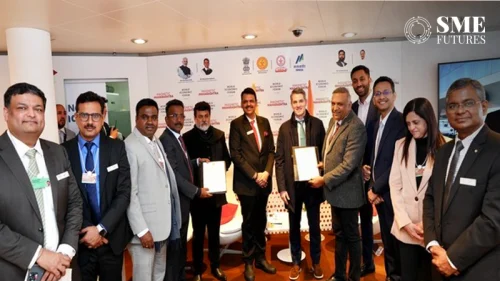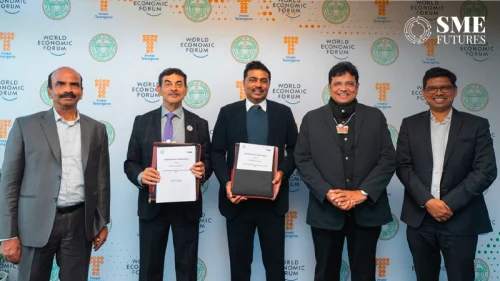Commerce and Industry Minister Piyush Goyal has set a target to register 10,000 GI (geographical indication) products in India by 2030 from the current 605. A GI is primarily an agricultural, natural or a manufactured product (handicrafts and industrial goods) originating from a definite geographical territory.
Typically, such a name conveys an assurance of quality and distinctiveness, which is essentially attributable to the place of its origin.
Once a product gets this tag, any person or company cannot sell a similar item under that name. This tag is valid for a period of 10 years following which it can be renewed.
The other benefits of GI registration include legal protection for that item, prevention against unauthorised use by others, and promoting exports.
“We have a very ambitious plan going forward…we have set a target that we should have 10,000 GI registrations,” Goyal said at GI Samagam.
He said that a committee will be set up to oversee this effort, to take the GI registrations to 10,000 by 2030.
“Our aspirations should be that in the next five years, we can take the story of GI to every state and every district,” he added.
The minister emphasised on promoting these GI products on the GeM (government e-market place) platform and suggested the e-commerce players promote these goods on their platform.
He also said that the government is hiring more and more people to strengthen the workforce of the Office of the Controller General of Patents, Designs and TradeMarks (CGPDTM).
“This office is going to see 1,000 people of which 500 odd people have already been hired and in the next year or two, another 500 will come,” Goyal said.
There is a proper process of registration of GI products which includes filing of application, preliminary scrutiny and examination, show cause notice, publication in the geographical indications journal, opposition to registration, and registration.
Any association of persons, producers, organisation or authority established by or under the law can apply. The applicant must represent the interests of the producers.
It is a legal right under which the GI holder can prohibit others from using the same name.
The famous goods which carry this tag include Basmati rice, Darjeeling Tea, Chanderi Fabric, Mysore Silk, Kullu Shawl, Kangra Tea, Thanjavur Paintings, Allahabad Surkha, Farrukhabad Prints, Lucknow Zardozi, and Kashmir Walnut Wood Carving.
Under the Paris Convention for the Protection of Industrial Property, GI is covered as an element of Intellectual Property Rights (IPRs). They have also been covered under the WTO’s Trade Related Aspects of Intellectual Property Rights (TRIPS) agreement.
India’s Geographical Indications of Goods (Registration & Protection) Act 1999 has come into force with effect from September 15, 2003.
Countries like China have granted this tag to over 10,000 items and Moldova has over 3,000.
The minister added that processes have also been simplified to get approvals for IPRs.
Great Mission Group Society (GMGS), a non-government organisation that works on GI goods, Chairman Ganesh Hingmire said that there is a need to identify potential products which can get the GI tag from the states and UTs.
“There is a need to increase awareness about these products in the country as this will also help in achieving this target. We should take this as a mission,” Hingmire said.











